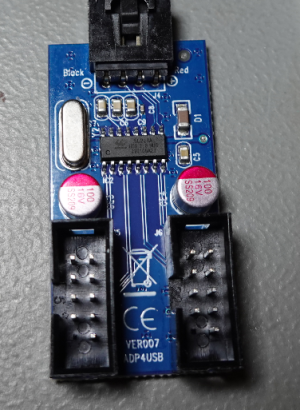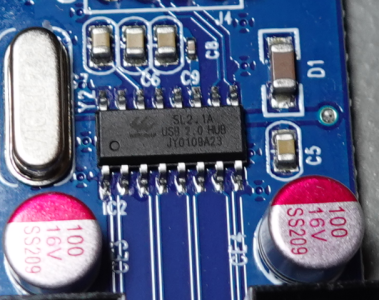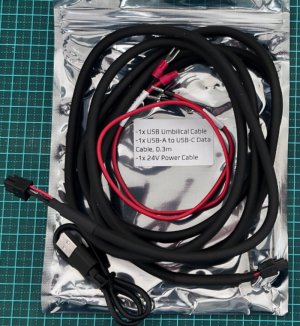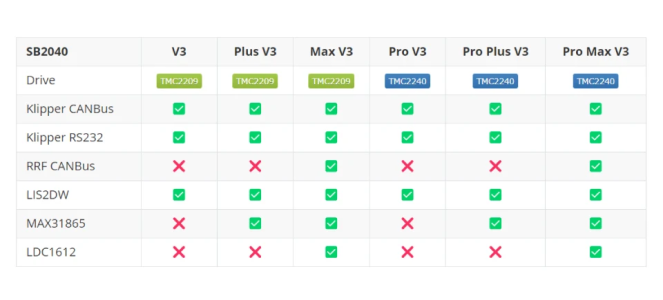Had a similar idea for the 2.4 I just completed. But stopped because of the Nitehawk. And watched the two Nero videos...
On the Stealthburner, the CAN interface is a EBB36. I'd like to add a nozzle cam (but not sure I will do it after Nero answered a question in his last video about the Nitehawk...) ; I'd also like a camera attached to the gantry, not to the frame.
Also wanted to use the USB interface instead of CANBUS. Did some testing, was working fine. Also, I didn't want a umbilical, and installed a horizontal dragchain. Unfortunately, the only 7x7mm open dragchain I could find are available from Bambu Labs (for cheap), and Bambu parts have nothing to do on a Voron. [EDIT] USB C to USB C toolhead cables are available from Bambu Labs...
Finally did this : got a closed 7x7 drag chain, installed a homemade CAN cable (twisted according to specs, made from the remaining LDO wiring), and crimped the connectors. Meaning the cable is captive. Routed a low profile USB cable from the Pi to the gantry, and installed the U2C on the gantry. My build is a bit special : the electronics is in a drawer, and all wiring routed in long drag chains : from the Pi to the gantry : 1.2 meter. The USB cable is side by side with the motors, no problems so far. Don't forget USB on toolhead microcontrollers is the slowest (1.1, 12MBps !)
Was looking for USB hub modules. Found those I completely forgot about. (I have one in my desktop PC) :

Easily hackable, a bit bulky but lightweight ; USB 2.0 high speed, 1 port to 4 ports. Cheap. Based on a chinese IC with 6 caps and a quartz. 2.54mm HE connectors that can easily be replaced with something else (smaller JST for example) ; even point to point soldered wires.
Such a module could be installed on a toolhead. The schematics is so simple that a custom PCB is very easy to design, and the IC is ubiquitous (SL2.1A)
SL2.1A CoreChips $0.2399 - Hub SOP-16 USB Converters ROHS datasheet, price, inventory C192893

datasheet.lcsc.com
Can be found on Amazon, eBay, Ali, Bangood, etc. Could even unsolder the components and reuse them. (0805 and 1206) ; 100µF caps could be replaced with smaller footprint ones.


Impedance matched connections are overkill. No need for special cables for a few centimeters, the toolhead USB being very low speed. STM32F103 : 12 Mbps, RP2040 : 12 Mbps too (USB high speed 1.1)
For now stuck because of the availability of the Nitehawk
For now, have to stick to the hybrid solution : PI -> USB -> Gantry -> U2C -> CANBUS -> Toolhead. Still didn't test the hub with both a cam and the toolhead. Next project after the printer is calibrrated.









